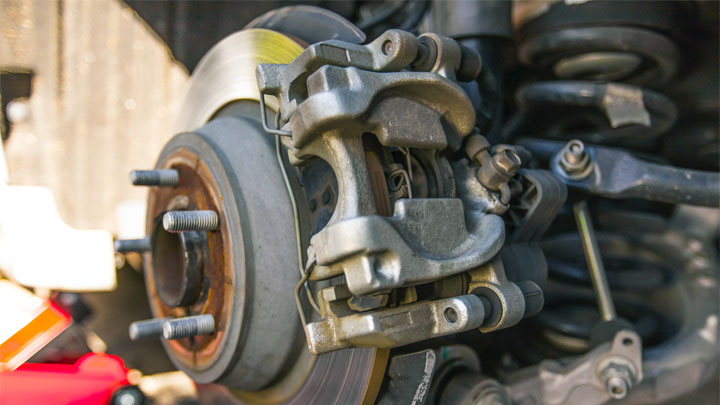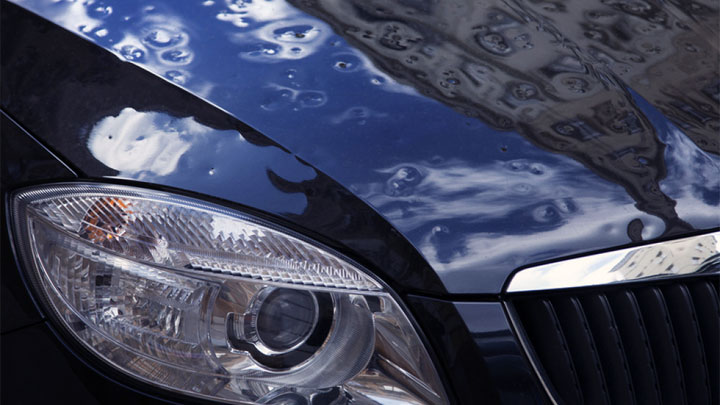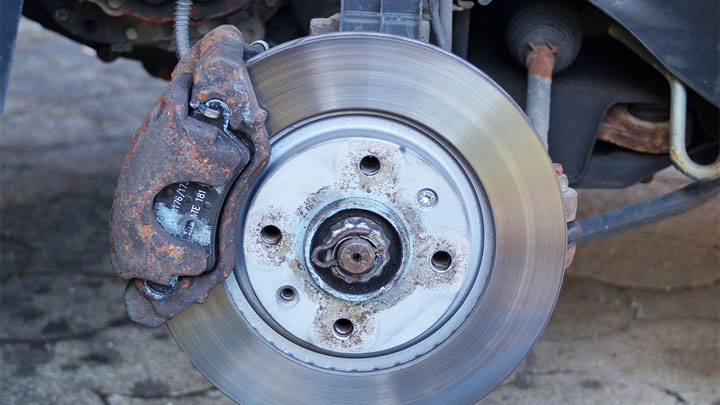Last Updated on June 14, 2021
Although every single component of any automotive brake assembly is going to have critical importance for the overall mechanism to function smoothly, the brake calipers are the direct contact component meaning they are what clamps down on the rotor to facilitate braking.
As a car or truck is moving, aside from acceleration, the other primary function of a driver’s foot pedals is going to be braking. Braking is an action that must be responsive and efficient in order to offer true protection for a driver and those around.
This is mainly because poor braking action is something that actually causes more accidents and injuries than many other various component failures.
Knowing when it is the right time to commit to replacing brake calipers can end up making the difference between a vehicle that is safe and reliable, and one that is at a genuine risk of sudden failure.
There are many various ways of detecting when a vehicle’s brake calipers are beginning to wear out heavily, and knowing what some of these symptoms are can help people diagnose automotive issues that may arise at any time.
Related: Common Causes of a Sticky Brake Caliper
Diagnosing a Brake Caliper Issue

Given that there are so many different parts of a braking assembly, sometimes when general symptoms are present such as having strange noises coming from the wheel-well of the car, it is hard to tell which part is actually defunct.
When the calipers are malfunctioning, one important thing to consider is that they may be dragging, binding, or locking up on the rotors of the braking assembly. If the calipers are dragging on the brake disc, then a driver may notice sluggish performance of their vehicle, and there will usually be a feeling the car has to work much harder to accelerate or even cruise at a consistent speed.
Of course, there could be an opposite symptom being exhibited by the vehicle wherein the caliper will not clamp down hard enough on the brake rotor even if the driver is putting significant pressure down upon the brake pedal.
When all of the brake lines are intact and there is no leaking going on at all, the rotors are in good condition, and the pads look good, it is easy to narrow down the cause to being related to a faulty caliper somewhere.
For identifying any brake issue, especially a caliper issue, it is going to be a good idea to use the process of elimination to understand what the most likely problem is.
Related: Car Pulling to One Side When Braking? (Here’s Why)
Brake Caliper Replacement Cost
Best places to order parts? See: 19 Best Online Auto Parts Stores

If calipers are binding to the rotor unevenly on a regular basis, this can cause highly accelerated wear on the brake pads and rotors. When an issue arises where caliper replacement becomes an unavoidable reality, a customer can usually expect to pay a price for parts and labor that will range from about $300-$400 per pair of calipers.
With these costs in mind, it can always be a good idea to check and double check the viability and correct installation of brake calipers. If any irregularities are noticed, then a re-alignment of calipers can take place for the purpose of fixing the issue and avoiding maintenance costs.
See Also: Average Brake Fluid Leak Repair Cost





I have seized brake caliper on one side and am being told it is best to replace both sides. or the imbalance resulting can be a big problem.
I am also being quoted a lot of money, much more than 400, for total job, both sides.
Does it seem reasonable to pay a lot more than $$400 US, for this? thanks.
Also, cause, I am being told it “just happens sometimes.? Is that plausible?
Unless the mechanic believes the working caliper is showing signs of seizing in the very near future, NO you do not need to replace both calipers. Brake rotors and pads should be replaced as sets, but normally a single caliper can be replaced or rebuilt.
Not knowing the estimate or what vehicle you drive, I can’t say if the estimate was unreasonable.